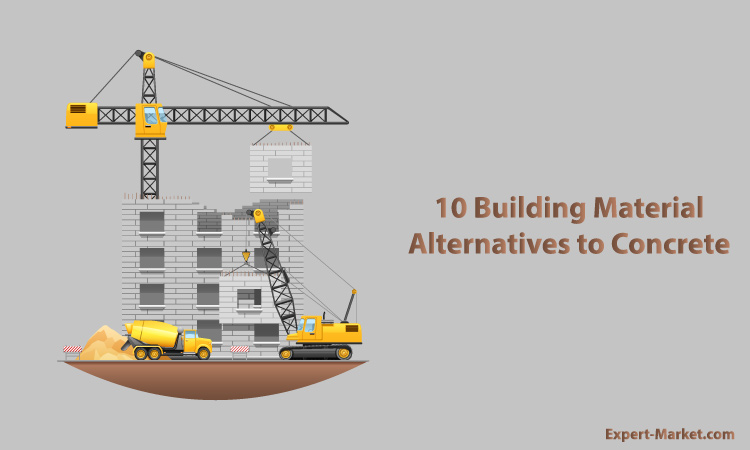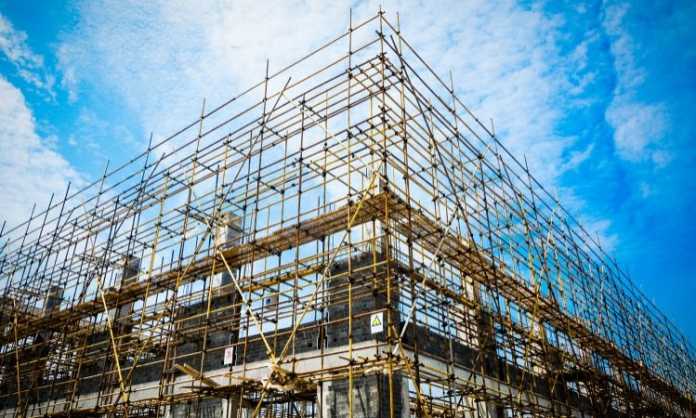Looking to build a new driveway or basketball court and don’t like the idea of using concrete? Lucky for you there are plenty of natural concrete alternatives.
Some alternatives utilize recycled materials to replace certain components of concrete, while others will hurt your bank account much less while getting the job done in close to equal fashion.

1. Gravel
Gravel is one of the most familiar concrete replacements. It is very eco friendly and easy to maintain as it submerges into the ground without harm. This makes for an easy process that can be done on your own. Different types of gravel include crushed stone, pea gravel, and those from Natural Stone Quarries.
2. Timbercrete
Timbercrete is a lighter version of concrete. It involves a mixture of concrete and sawdust. The sawdust replaces several energy-intensive factors in conventional concrete while also reusing products of waste. Shapes such as blocks, pavers, and bricks can all be constructed using Timbercrete.
3. AshCrete
AshCrete uses a product of burning coal known as fly ash as a replacement. By using this recycled material replace 97 percent of conventional concrete components. When mixed with water this concrete substitute turns just as strong as normal concrete.
4. Ferrok
Ferrok uses recycled materials like steel dust to create a building material even stronger than concrete. It’s still experimental and in its research process but will be very utilizable when ready for use. This material is also less carbon dioxide sensitive and as it takes in and traps the carbon dioxide during its hardening process.
5. Mycelium
This is a very futuristic replacement as it is used to grow around other materials and then dried to form shapes such as bricks or other things needed. After being air-dried it will come out to very light yet strong material.
6. HempCrete
HempCrete is also a very strong yet light-weight material. Its weight reduces the stress of transport. It is made out of the hemp plant’s inner fibers. Concrete-like shapes are created when binding the hemp fibers with lime.
7. Greencrete
Greencrete is not yet finished as it’s still in development, but when completed it will become a great low carbon replacement using old waste and naturally occurring materials. Greencrete is also very optimal when looking to construct a driveway. This is because it better allows you to create designs for grass to come through to make it more appealing.
8. Aircrete
Aircrete is one of the cheaper options and can be used for walls, driveways, and floors. It is also very fire, moist, and frost resistant. Since it is eco friendly and much more cost-friendly than most alternatives, it is a little weaker and tends to crack more often than others in the long run.
9. Mulch
Mulch is great as it’s super eco friendly and is easy to install. It’s perfect for someone looking to create walkways around their property or maybe a driveway, and don’t care about the appeal of it. It can be installed on your own and it’s very cheap.
10. Granite
Granite looks very appealing and is very durable, but comes at a high price. It also would require a professional to set it up so that’s even more out of your wallet. There are a plethora of buildings from long ago still standing today with a granite foundation.
All these options are great concrete alternatives and each offer something different. Some are cheaper and lighter, resulting in less time setting them up but don’t look as nice, while another option may be more appealing but will cost a lot more. All of these alternatives are strong and durable, some more than others.



























